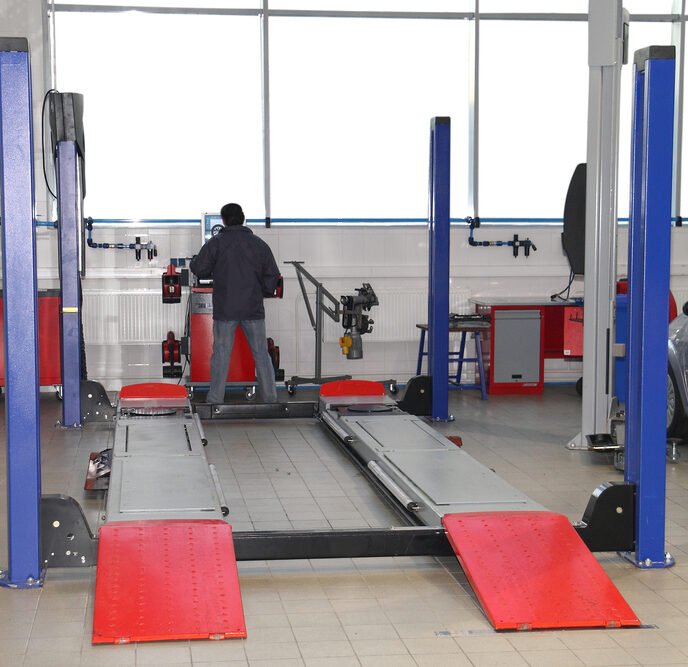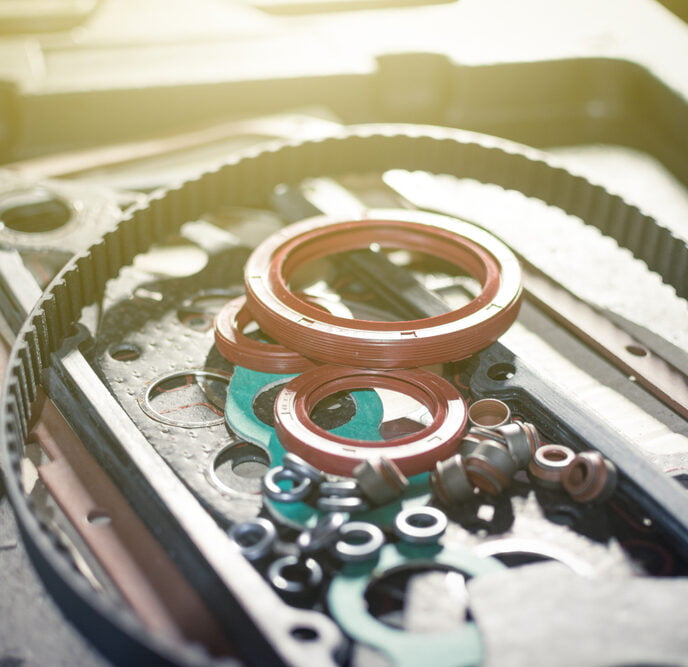Identifying the Type of Hydraulic Fitting You Need for Your Project
Hydraulic systems are a must for any car shop, but like with any equipment, you’ll have to replace some hydraulic fittings eventually.
Hydraulic fittings keep fluid within the system, connecting the hydraulic hose to other components (cylinders, pipes, or tubes). These fittings must fit tightly to prevent any leakage in the hydraulic system. If you’re working on your hydraulic system and need to replace your fittings, you may need advice about which ones to purchase. There are many different hydraulic fitting types, each with varying sizes of tread, sealing types, and purposes. We’ll help you identify the various types of hydraulic fittings so you can understand which one is best for your project.
How to Identify Different Types of Hydraulic Fittings
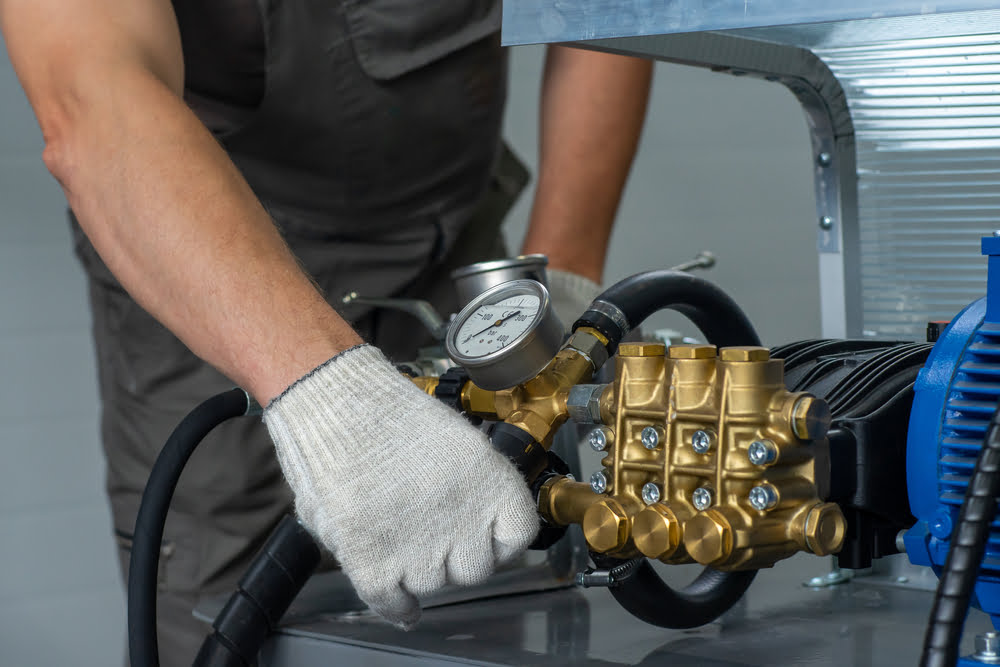
Hydraulic systems use fittings with various thread forms and sealing methods. While some characteristics can be noted by appearance (like the sealing method), the thread forms often look similar, making it challenging to identify which hydraulic fitting you need. However, the following steps will help you identify the different types of hydraulic fittings.
Identifying Fitting Type: Reusable or Permanent
The first step in determining which type of hydraulic fitting you need is to understand whether you need a permanent or reusable fitting. Most hydraulic systems require permanent hydraulic fittings, which are much more common than reusable fittings.
Permanent hydraulic fittings need an attached hydraulic crimper on the hose. Because of this, permanent hydraulic fittings are also referred to as crimped fittings. These crimped fittings are easy to assemble and are known for their reliability in the hydraulic industry. In addition, mobile technicians and even onsite mechanics can use portable hydraulic crimpers. So it’s no surprise that permanent hydraulic fittings are the go-to choice for hydraulic systems.
While permanent hydraulic fittings connect to hoses using a crimper, reusable fittings use a vice and a wrench. Reusable fittings have steel bodies with brass components and are also known for their reliability and resistance to corrosion. Reusable fittings are best for low to medium-pressure applications. However, they are less widely used than permanent hydraulic fittings because of their time-consuming process and higher costs.
Match Connections and Fitting Ends
Once you’ve identified whether you need a permanent or reusable hydraulic fitting, you’ll need to determine which connector type and fitting end you’ll need. The port connection needs to match that of the hose.
Some common connector types and hose combinations are listed below:
- BSPP (JISPF) and 60-degree NPSM Swivel
- BSPT (JIS-PT) and 30-degree Flare (Metric)
- DIN Metric and O-Ring Face Seal (ORFS)
- ISO 6149 and 24-degree Flareless (DIN)
- JIS-B2351 and 30-degree Flare (BSPP)
- Metric Taper and 45-degree Flare
- NPT-NPTF and 37-degree Flare
- SAE Straight and 24-degree Flareless (SAE)
Identify Fitting Sealing Type
Once you’ve determined your connector type and fitting, you’ll need to identify the sealing method, which usually consists of an O-ring, automated angle, or tapered threads.
While there are numerous options, the tapered thread, mated angle, and O-ring connectors are the most common.
The tapered thread hydraulic fitting has a male and a female thread, with male fittings with their threads on the outside and female fittings on the inside. This type of fitting seals by deforming the male and female thread. Because of the potential for leakage and over-torquing, tapered threads are better in low-pressure hydraulic systems. You’ll often find this type of hydraulic fitting in older systems.
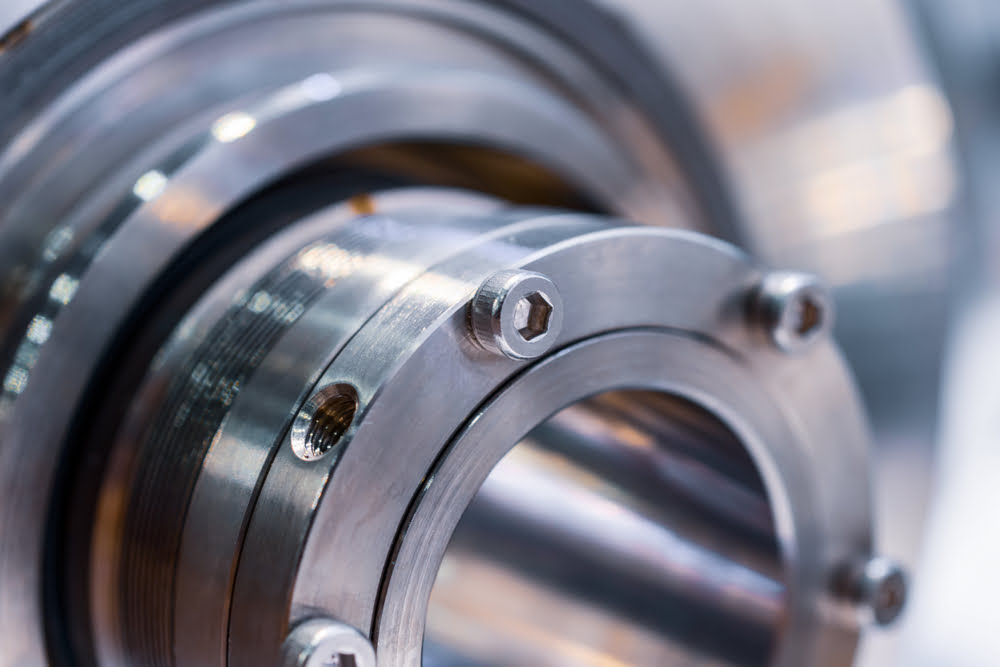
Mated angle hydraulic fittings have either straight or parallel threads for sealing. While the male and female counterparts thread together, the seal is formed when the two mating angle seats are brought together. Examples of standard mated angle fittings are SAE 45° and JIC 37°.
If you need a fitting for high-pressure applications, you’ll likely need an O-Ring Face Seal or ORFS. This type of hydraulic fitting is known for its reliability and security, eliminating leaks in hydraulic systems with pressures up to 6,000 PSI. There are a few different types of ORFS fittings, including:
- Straight ORFS
- Cross ORFS
- Elbow ORFS
- Tee ORFS
The straight ORFS fitting is a straight screw connection with a male connection point, while the cross ORFS fitting has four male connection ports. The elbow ORFS fitting has a male and female connection at an angle, and the tee ORFS fitting has two male ports and one female port.
Other less standard hydraulic fittings include the DIN (Deutsches Institut für Normung) and BSP (British Standard Pipe). DIN fittings are often interchangeable with different brands and are used across various industries. BSP fittings are popular in the plumbing industry in Europe.
Identify Thread Size and Fitting Design
While figuring out which thread to use might seem overwhelming, the following steps can help you identify them.
Determine if your thread is tapered or parallel.
Visual inspection alone is often enough to determine whether your thread is tapered or parallel, as tapered threads get smaller toward the end of the fitting, while parallel threads stay the same size. However, if it’s not apparent, you can use a caliper.
NPT/NPTF and BSPT are tapered threads, while UN/UNF and BSPP are parallel.
Measure the pitch
Use a pitch gauge to determine the number of threads within a specified distance. Most threads have a distinct pitch.
Determine the size
Determining the thread size is relatively simple, depending on whether it’s a pipe thread. If it’s a pipe thread, compare it with a nominal-size profile (or for pipe sizes smaller than 2 inches, you can measure the outside diameter and then subtract a quarter inch).
For non-pipe thread, measure the outside diameter with a caliper.
Once you’ve completed the above steps, you’ll know what type of thread you’ll need, whether it’s NPT/NPTF, BSPT (JIS-PT), SAE Straight Thread, or ISO 6149, JIS-B2351, BSPP (JIS-PF), or 4-Bolt Flange.
Ensure Quality Hydraulic Connections and Fittings with SVI
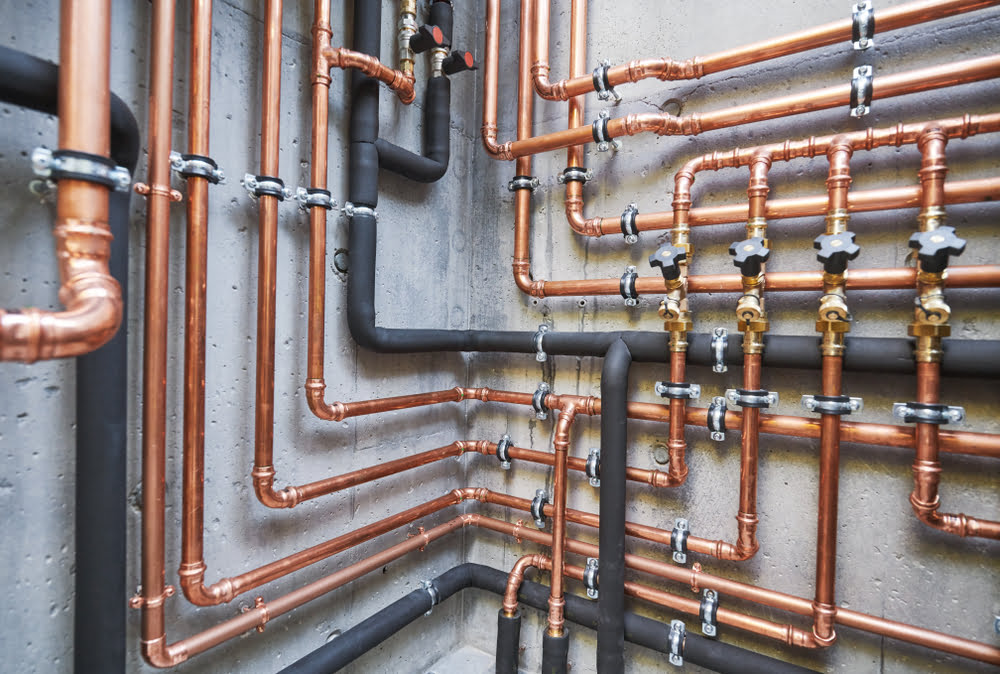
High-quality hydraulic fittings are crucial to keeping your equipment running smoothly. SVI offers basic and premium hydraulic fittings in all sizes and configurations. If you still need to partner with an automotive equipment parts supplier, let SVI be part of your team! Our experts can help you find the correct hydraulic fitting for the job- contact us today for fast delivery!

